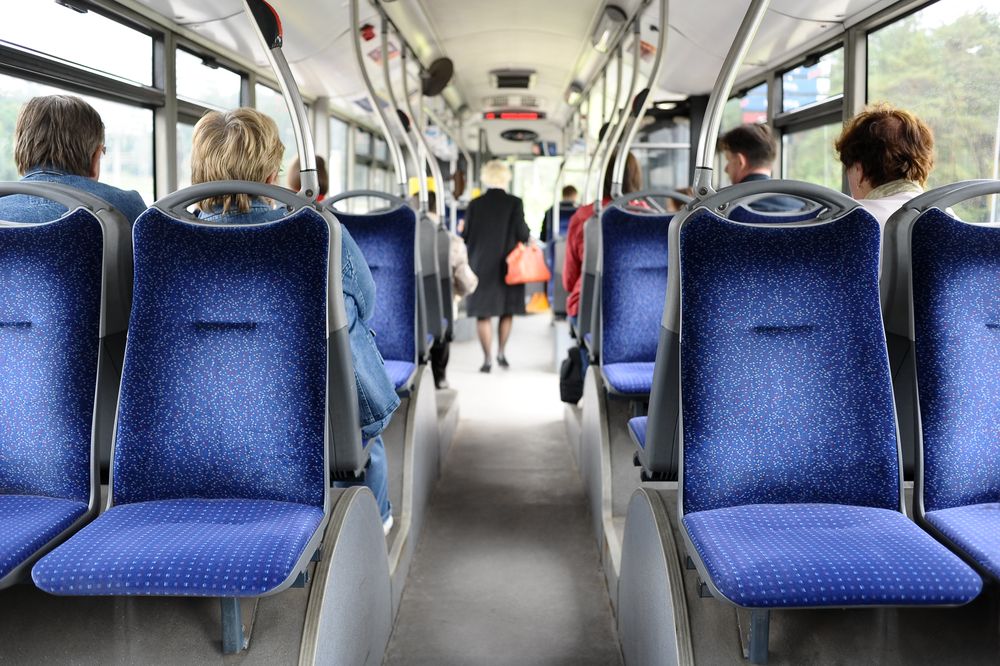
When embarking on the journey of purchasing a new home, there are numerous factors to take into account, from the number of bedrooms to the age of the property. However, one aspect that often takes precedence in today’s fast-paced world is the accessibility of public transportation. As cities grow and expand, the role of public transportation in home-buying decisions becomes increasingly significant. This article will explore why accessibility to buses, trains, and other forms of public transit is becoming a pivotal factor for many homebuyers.
The Impact of Public Transportation on Property Values
Accessibility to public transportation can have a direct impact on property values. Homes that are located near subway stations, bus routes, and other transit services often see a higher demand, which can lead to an increase in property values. This is because many homebuyers are willing to pay a premium for the convenience and savings that come with living near public transit options. Studies have shown that properties within walking distance of high-frequency transportation services can enjoy a significant price advantage over those that are more isolated.
Moreover, as cities become more congested and parking spaces become scarcer and more expensive, the value of being close to public transit rises even further. Homebuyers often take into account the potential long-term savings on transportation costs when considering properties, making those with good public transportation links more attractive investments.
Sustainability and Lifestyle Choices
Sustainability is a growing concern among homebuyers, and accessibility to public transportation is closely linked to this trend. Choosing a home with convenient transit options allows individuals and families to reduce their carbon footprint by utilizing more energy-efficient means of transportation. For environmentally conscious buyers, a home’s proximity to public transit can be a deciding factor.
Additionally, there is a lifestyle element associated with public transportation accessibility. People are increasingly seeking out neighborhoods that offer a walkable lifestyle, where daily errands and commutes can be accomplished without a car. This preference is particularly strong among millennials and the younger generations, who prioritize experiences and convenience over the ownership of a private vehicle.
The Convenience Factor
The convenience of public transportation cannot be overstated. In urban areas, where traffic congestion can lead to long and stressful commutes, proximity to transit options provides a highly attractive alternative. Access to a reliable and efficient public transit system can significantly reduce commute times, leading to a better quality of life.
For many, the ability to read a book, catch up on work, or simply relax while commuting is invaluable. This convenience extends to leisure activities as well; living near public transportation means easier access to cultural centers, restaurants, shopping, and entertainment venues. As a result, homebuyers are increasingly factoring in the convenience of public transportation when searching for their ideal home.
Safety and Accessibility Concerns
When considering public transportation accessibility, safety and ease of access are vital concerns. Well-lit, clearly marked, and easily navigable transit stations can greatly influence a homebuyer’s perception of an area. Neighborhoods that prioritize the safety and accessibility of their public transportation are more likely to attract a diverse range of residents.
For families with children, the elderly, or those with disabilities, the safety and accessibility of public transportation are even more critical. Features such as low-floor buses, elevators, and ramps at train stations, and well-maintained sidewalks leading to transit stops are essential. Homebuyers with accessibility needs will closely examine these factors when choosing a new neighborhood.
The Future of Urban Development and Public Transportation
The role of public transportation in shaping urban development cannot be ignored. As cities continue to develop and evolve, the integration of transit-oriented development (TOD) is becoming a key urban planning concept. TOD focuses on creating vibrant, livable communities centered around high-quality public transportation, allowing residents to live, work, and play without relying on a car.
This approach to development has significant implications for homebuyers. Investing in a home in a TOD area can mean being part of a community designed for the future, where convenience and connectivity are built into the neighborhood’s fabric. As public transportation continues to improve and expand, properties in these areas may see even greater appreciation over time.
Public transportation accessibility is a significant factor in home-buying decisions. It influences property values, aligns with sustainable living and lifestyle choices, offers unparalleled convenience, and is a crucial component of safe and accessible neighborhoods. As urban development continues to prioritize transit-oriented communities, the importance of public transportation in the realm of real estate is only set to increase. Homebuyers who recognize and prioritize the benefits of living near public transit are not only investing in their daily quality of life but are also making a sound financial decision for the future.
